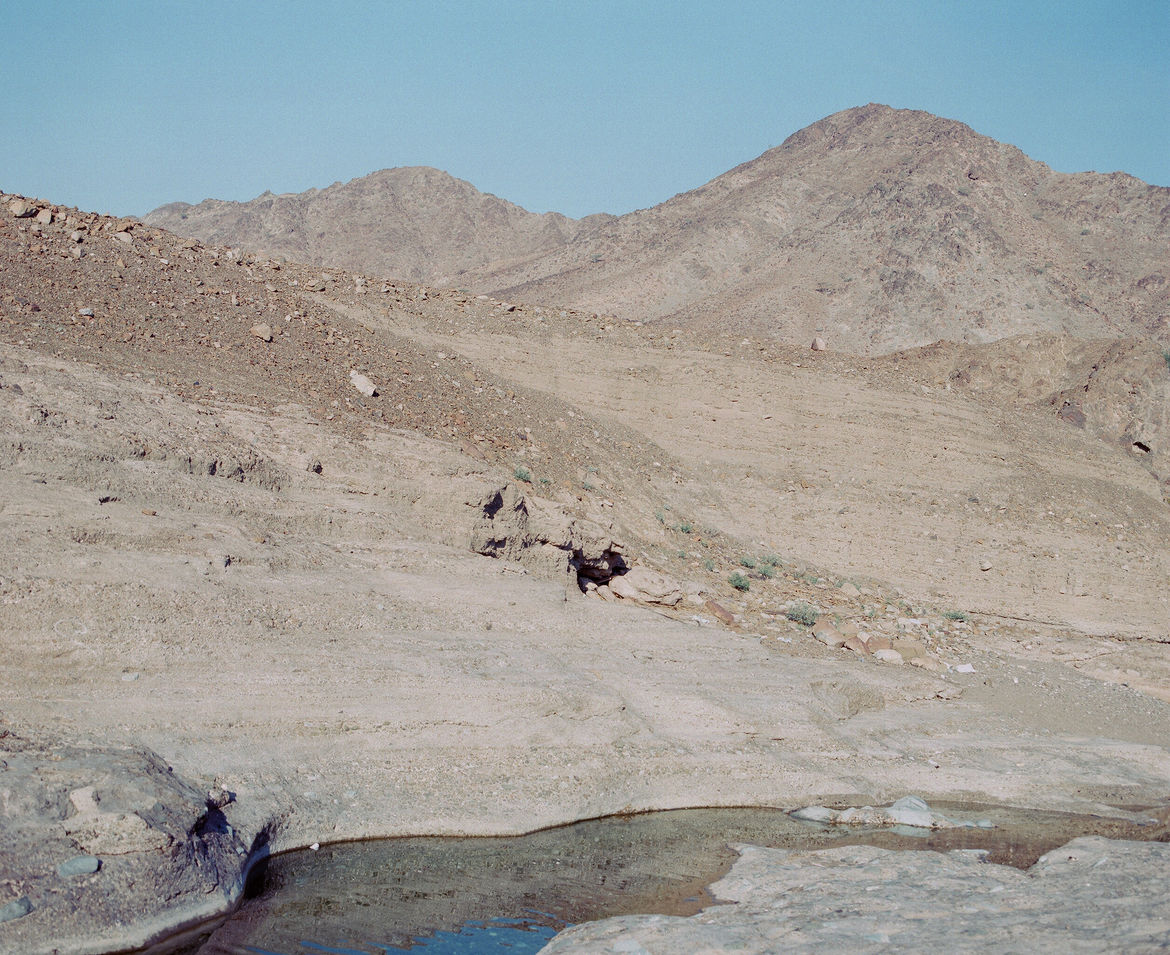Saleh Al Shehhi is a walking, talking encyclopedia on anything and everything related to mountains both here in the UAE and across the world. Better known under the online avatar name of "Motasaleq al Jebal" (mountain climber), it is quite obvious what this 39-year-old Emirati lives for.
"My whole life is mountains. I love them and feel so alive each time I climb one."
A member of one of UAE’s largest mountainous tribe of Al Shehhuh, known once as the "warriors of the mountains," Saleh knows the sizes, the height, the color, the texture, and even the smell and touch of every mountain he has visited or is planning to visit. A fall from one such exploration expedition on one of the sharper edges of Ras Al Khaimah’s mountains when he was 15—leaving him with three damaged vertebra in his spine and a life long handicap—hasn’t slowed him down at all.
"I can’t stay away from a mountain for longer than a few hours," he says. "I need to drive and then walk along a mountainous terrain like I need to eat and drink."
Like most members of the mountain tribes in the UAE, he no longer lives in a mountain village. The mountainous tribes such as Shehhuh, Habous, Al Hufayti and Al Dhuhoori have left their mountain villages, where often a small village is made up of 30 to 40 families and homes, and moved down into the valley or nearest towns. Starting in the 1980s, Emirati families were each given modern homes by the Government, leaving behind their old way of life.
Many of the mountain villages have been abandoned, but some of them have been turned into farms and storage places. Sometimes, the elders of the families like to visit their ancestral villages, and spend their weekends up there. For the young, some still like to hold traditional weddings up in the mountains and invite all the old tribes and their families.
The families used to herd goats, and sometimes even sheep, up in their villages. They relied on donkeys to transport their goods. One of the traditional items a mountain tribesman would always be seen carrying about, was "a jerz" - a small axe-head on a long handle, that he used to cut vegetation with or balance himself with as he climbed here and there. Exports from the mountainous region in the UAE in the past included items like dates, citrus, fruits (mangos and guava), tobacco, honey, and yegat (dry buttermilk).
It isn’t just the mountain tribes that left their ancestral homes; other tribes, whether they be from the desert or from the oasis, also moved to cities and embraced new ways. But they never forgot where they came from, with family trees cherished, preserved and passed along the generations.



